Distraction
When you’re upset about something, ruminating or worrying about it can make it worse. Feel better temporarily by using Distraction.
Stories

I was getting annoyed at myself for feeling increasingly impatient and cranky.
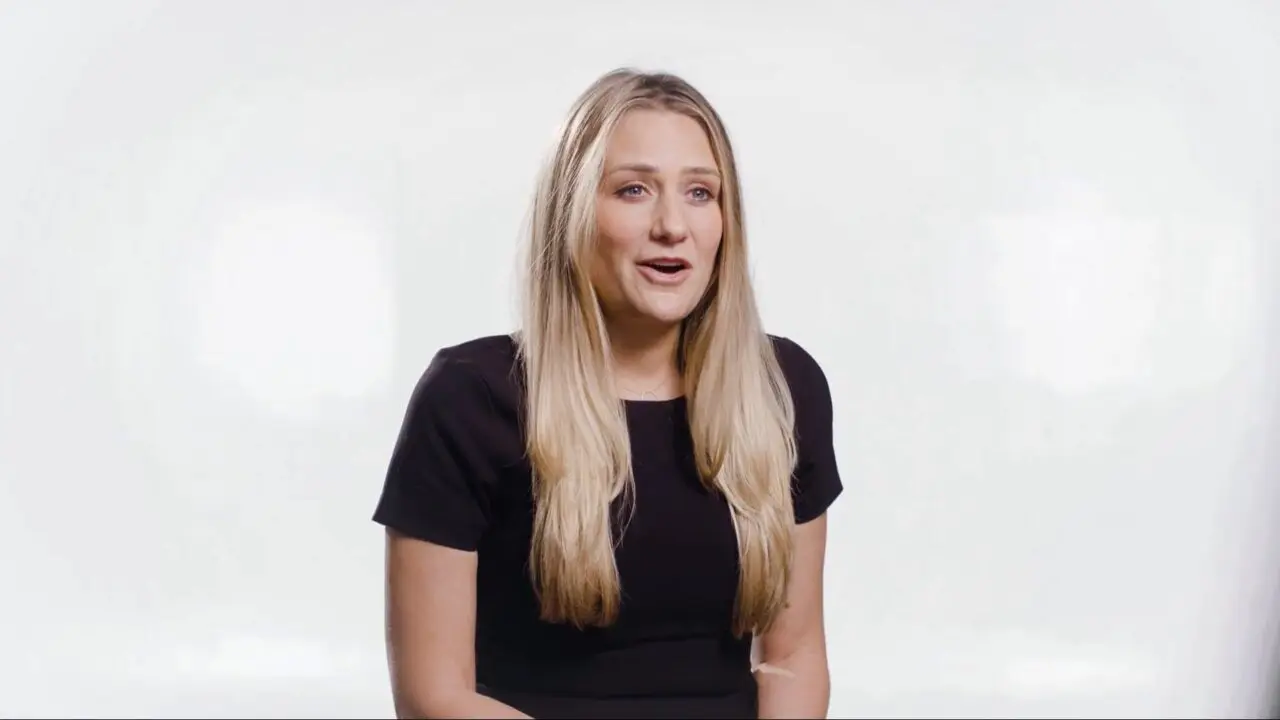
Sometimes, when it was a real crisis, playing a game on my phone was about all I could handle.
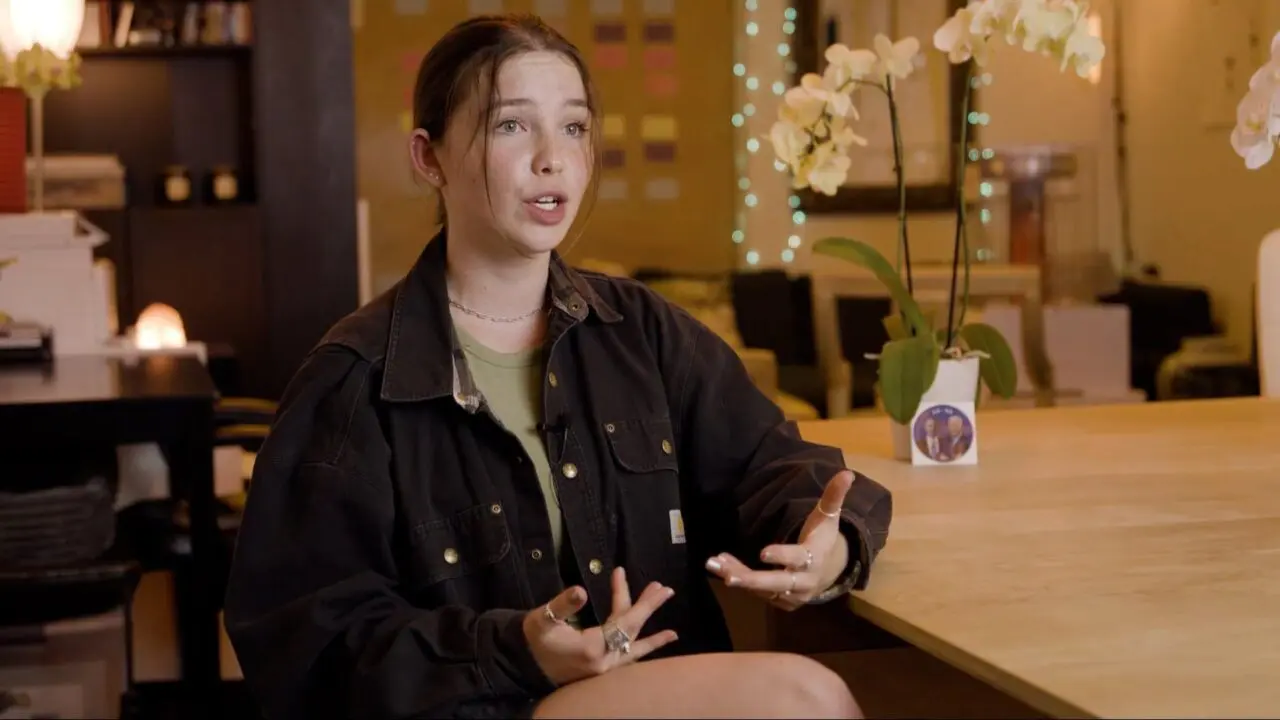
I try to be really mindful about distraction, beause there’s definitly positive distraction and negative distraction
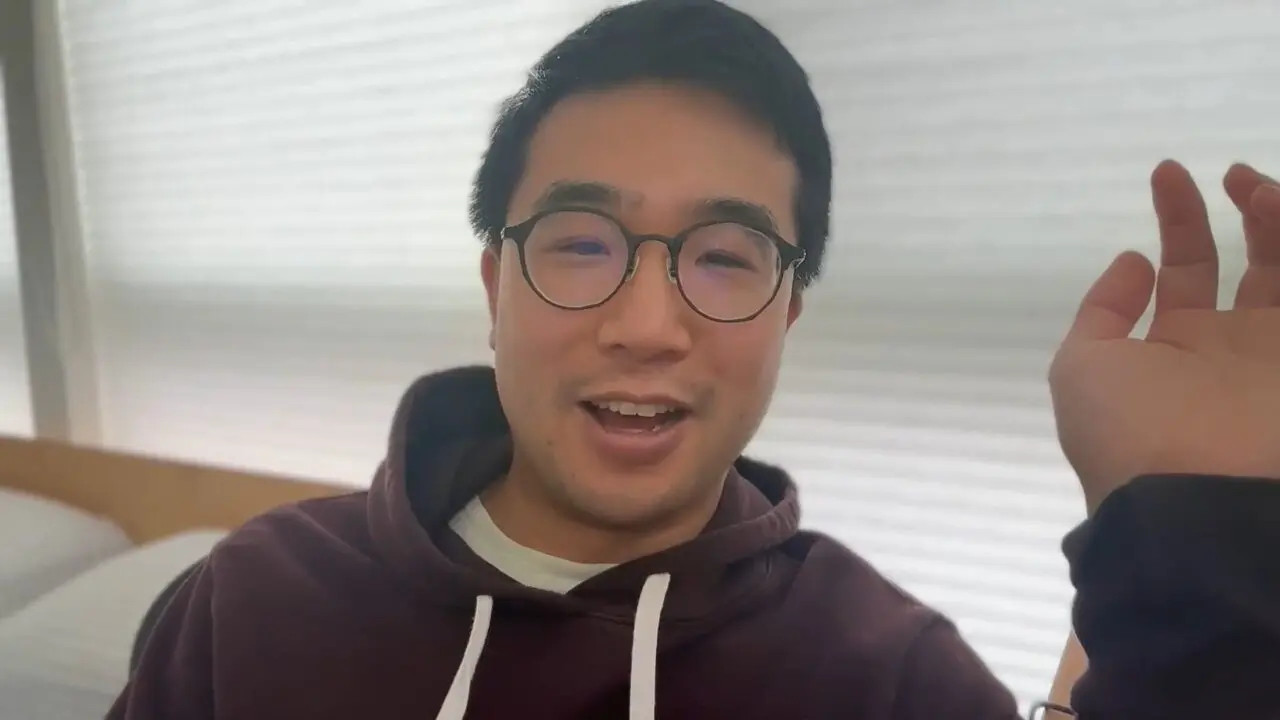
I use distraction a lot when I'm in the middle of conversations.
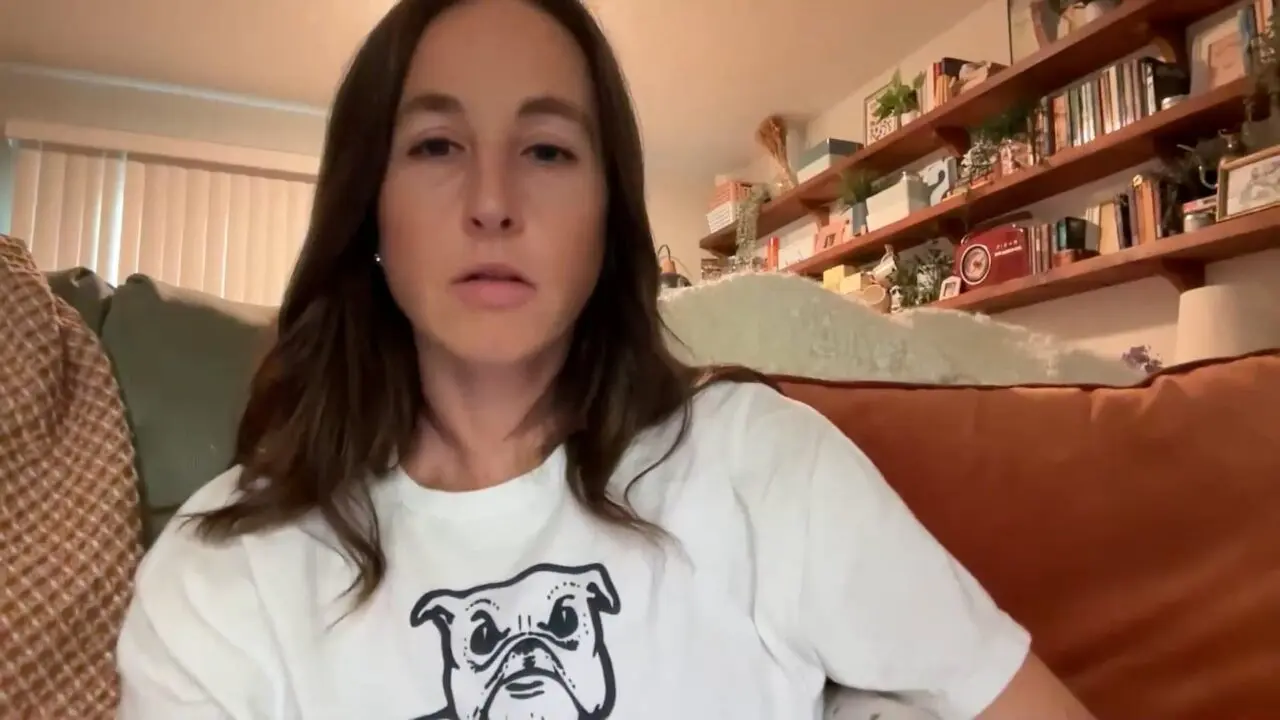
It feels like obsessing about it is going to help. Like, if I can just figure this out, then maybe I'll feel differently. But, I'm just telling myself the same mean things over and over.
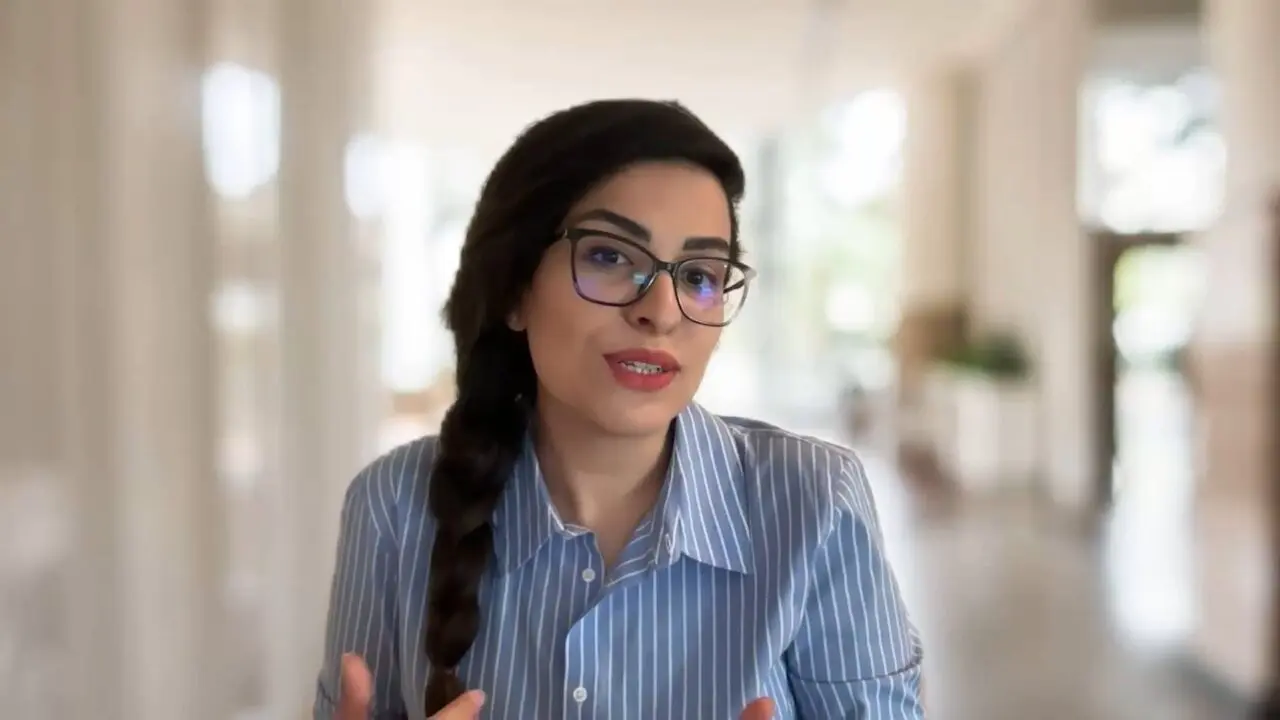
Sometimes when my stress level is at its highest, the only DBT skill that is helpful for me is distraction.
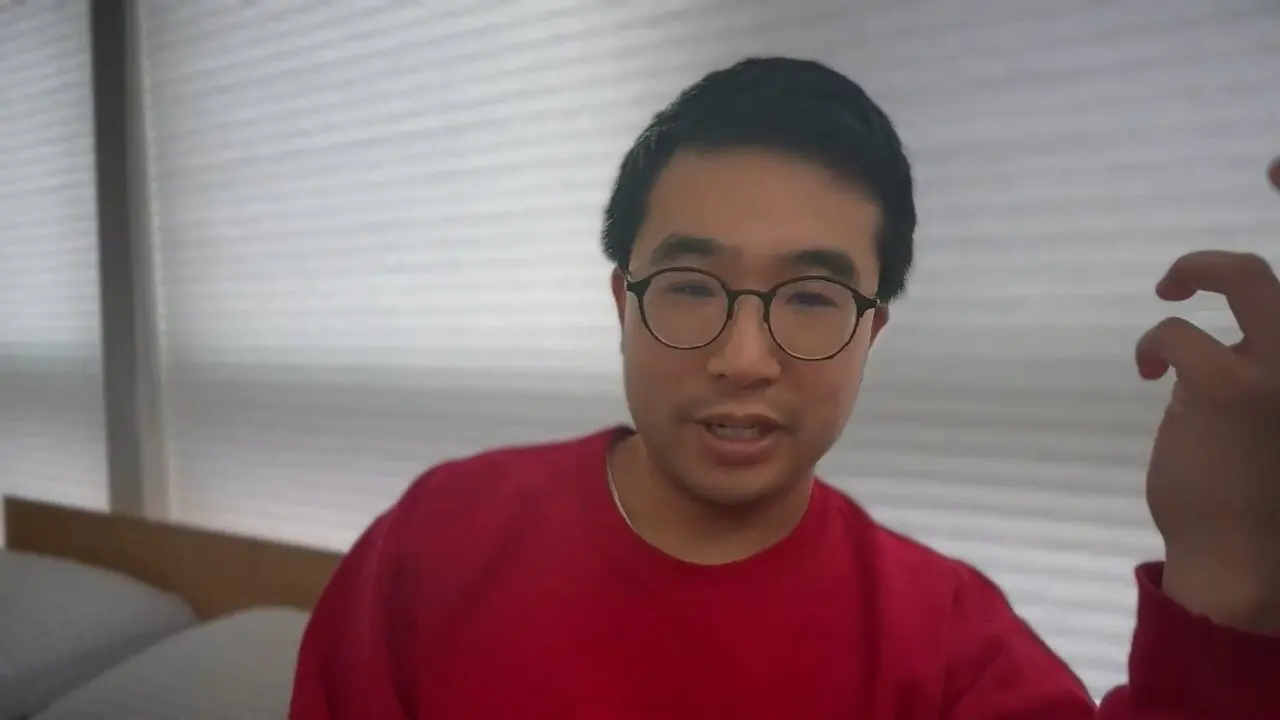
One of the ways I use distraction is to do it at the same time that I'm trying to get something done, just to kind of bring down my emotional temperature and calm me down a little bit.
Community Tips
I’m a therapist with lived experience. I’ve noticed that Distraction is one of the most helpful skills for my clients and myself for surviving a crisis. The most powerful distractor and emotion regulator that I can recommend for distraction is the skill of Cold Water.
When I’m super upset, I need a strong distraction. I blast Opera music into my headphones and lower myself into a cold bath.
I guarantee ‑ if you try to distract yourself from intense thoughts and emotions ‑ you will get distracted (back to what you were trying to distract from). Just relax though. That’s natural. Just come back to your distraction.
If a Distraction is not working, find another one. Make a list in advance. Google it.
I recommend Warheads and Atomic Bomb candy ‑ they can be super strong distractions. They help me get a break from my self‑destructive thoughts when I’m in the red zone or emotionally on fire.
Have you heard of a ‘scent tent’? It’s when you take a strong smell, like essential oils of lavender or mint, and put them on a damp warm washcloth. Then I wrap that around my nose and mouth and breathe in deeply for 30 seconds at a time.
In the middle of the night, distraction is how I got through being sexually harassed at work. I couldn’t sleep, so I would play this paint by numbers game on my phone. It kept me away from my worst thoughts.
When I think I’m going to cry but don’t want to (wrong people around), I distract myself by doing Mindfulness of Current Emotion for about 30 seconds, then try to count how many blue things I can see in the room without making it obvious.
I use Self‑Soothing as a way to distract myself from some of my compulsive type thoughts. I get distracted from my self‑soothing distraction sometimes tho ‑ lol.
Why Use this Skill
Sometimes, reality sucks, and problem-solving hasn’t yet helped you. And, when you’re upset about something, ruminating or worrying about it just makes it worse. Distracting ourselves from pain, or from painful thoughts, can help us feel better—at least temporarily. Distraction is also one of the easier coping skills to learn and practice. You probably already use it!
When to Use This Skill
Use Distraction when:
- You’re upset about something and can’t change it.
- You can’t stop ruminating, worrying, or negatively obsessing.
- You have something scary coming up (like getting medical test results or a job application decision) and you want to stop thinking about it for now.
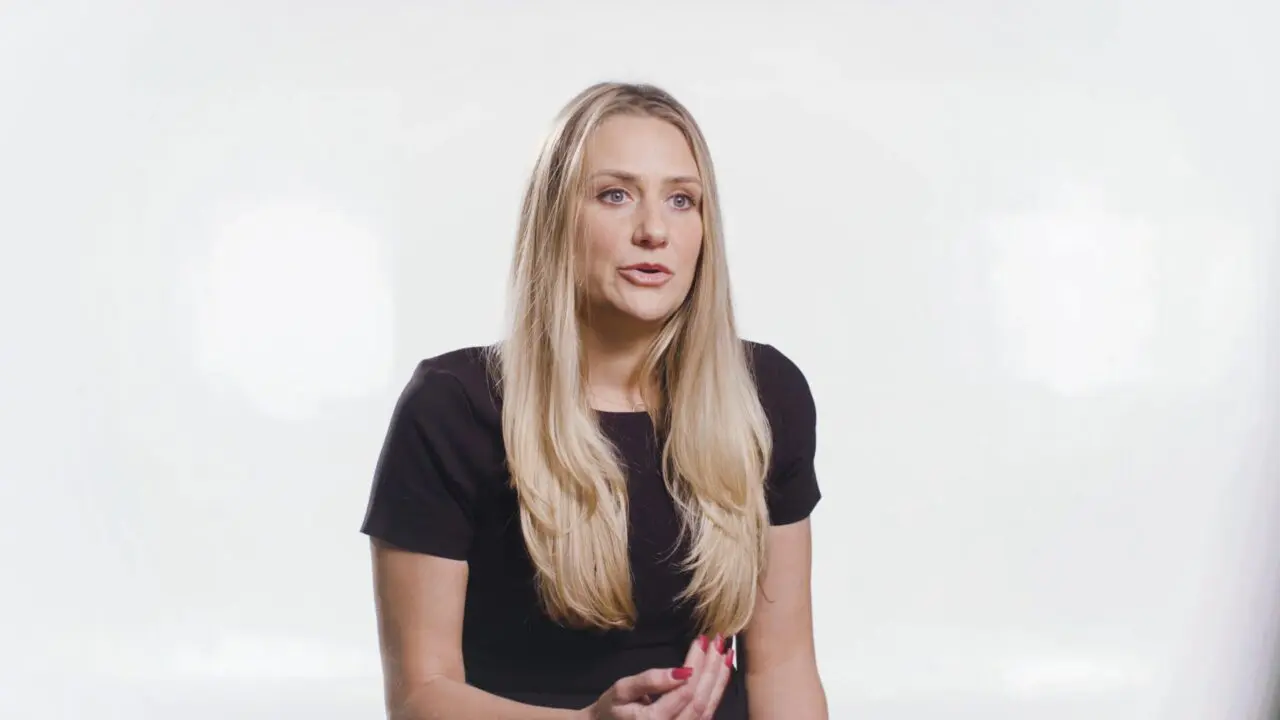
Overview Video
How to Use This Skill
Most people think of fun activities when they think of distraction—watching TV, going to a bookstore, listening to music, reading a magazine, scrolling social media, going on a walk, etc.
Activities are great! But there are tons of other types of distraction:
- Use physical sensations and grounding techniques to get out of your thoughts and into your body. Squeeze a stress ball, listen to loud music, eat hot sauce, smell strong essential oils, etc.
- Fill your brain with anything besides what’s upsetting you. Do crossword puzzles, repeat mantras or sing your favorite song, count how many tiles/birds/people/whatever you can see around you, or do math in your head.
- Contribute to other people’s well-being to distract from your own problems and feel good about yourself.
- Imagine putting your problem behind a wall, on a shelf, or in a lockbox, to come back to later.
- Use the power of different emotions. Watch scary movies when you’re sad. Read funny books when you’re anxious. Listen to spa music when you’re angry.
To practice distraction, do anything that gets your mind off of your painful emotions and the thing causing your painful emotions—as long as it doesn’t hurt you or cause you more problems!
Resources
ACCEPTS for Distraction
TikTok video on how to use ACCEPTS to find positive distractions, from Brea Johnson, LPC
Video on Distraction Plan
This YouTube video explains six distraction techniques and how to create a distraction plan
Related Skills
Pleasant Events
Do things that feel good.
PLEASES
Take care of your body to take care of your mind.
Self‑Soothing
Nurture yourself with physical comfort and pleasure.
Self‑Encouragement
Cheerlead yourself.